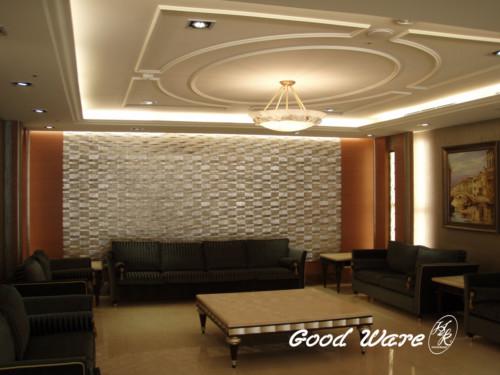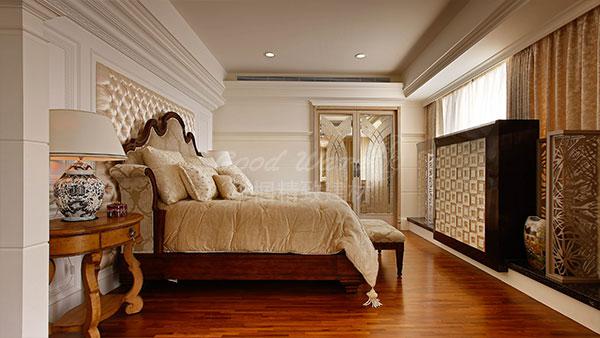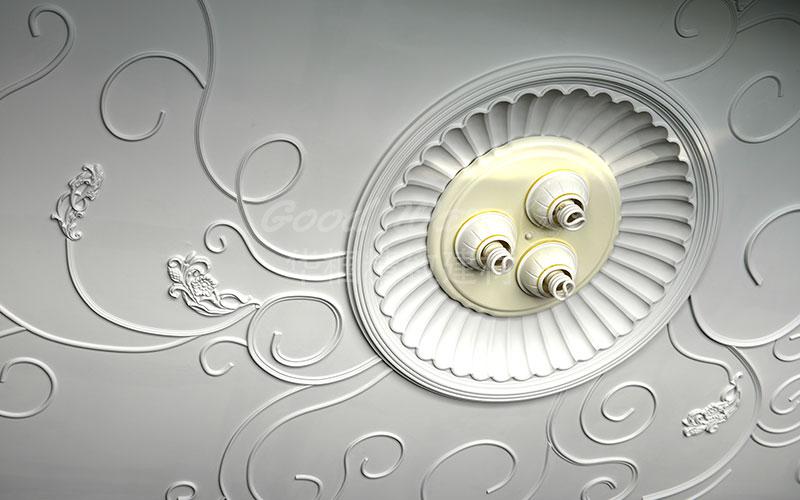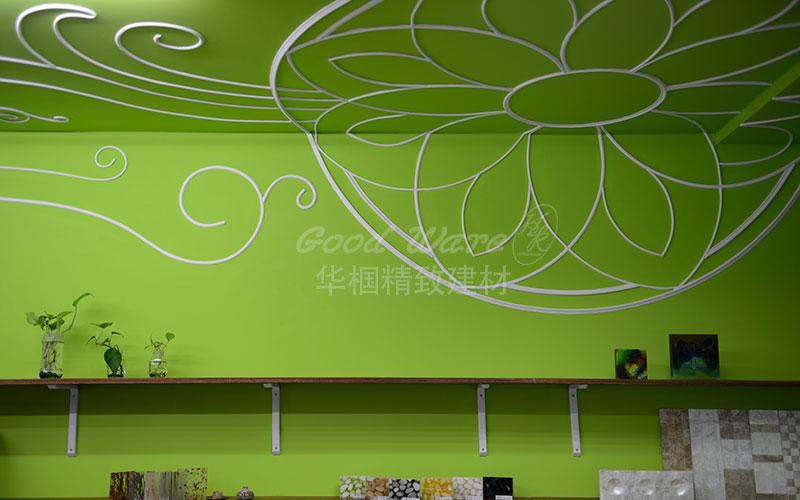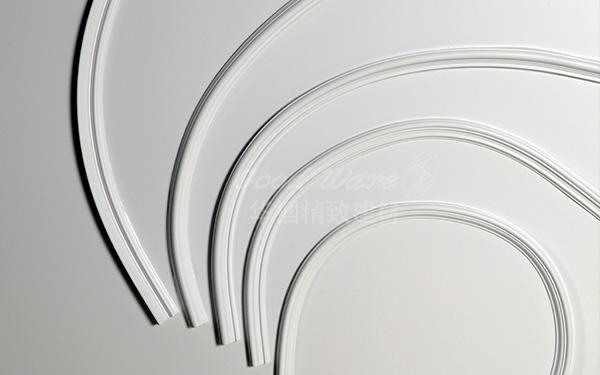Wall molding design is a common decoration upgrade that really can make a room popular. You can easily create fine cornices by combining different pieces into a “combined” look. This is a better way to get more from a lesser way, but it is also a common way to make a clean wall look muddy.
Rule 1:
The parts should reflect the whole A quick review of the classic architectural tradition shows a unity and harmony of parts. The ancients viewed the human body as the model for design. Just as hands, feet, arms, and legs are proportionally related, so too in ancient buildings are the parts related to one another—both in style and proportion.

The parts should reflect the whole quick review of the classic architectural tradition shows a unity and harmony of parts. The ancients viewed the human body as the model for design. Just as hands, feet, arms, and legs are proportionally related, so too in ancient buildings are the parts related to one another—both in style and proportion.
Rule 2:
Suspension reflects there are other orders for the production of various parts of the mold is not waste. They are predictable. White space is very important. Please note how many planar surfaces in the figure above constitute this feature. These planes are not where the ancients forgot to add curves – intentionally inserted and played a meaningful role in the overall design.

Rule 3:
In the last 20 years, the wall molding design forming has been deformed and mutated into stupid, bumpy masses, often forming a random stomach, bruises, corners, and angle, all of which means that like many molds are used. Some builders have already started using two heavyweight moldings to form a wall molding that looks like six to seven smaller pieces – a small part of the cost to form a “masterpiece” of the cornice.
The photo (pictured above) shows what a good wall shape design looks like. Unlike the bumpy Super Crown Wall in the sketch, the cornice is easy to read. Note the pause – the middle of the long and flat shape (corona). We can read the work because of the suspension of the place where our eyes rest.

